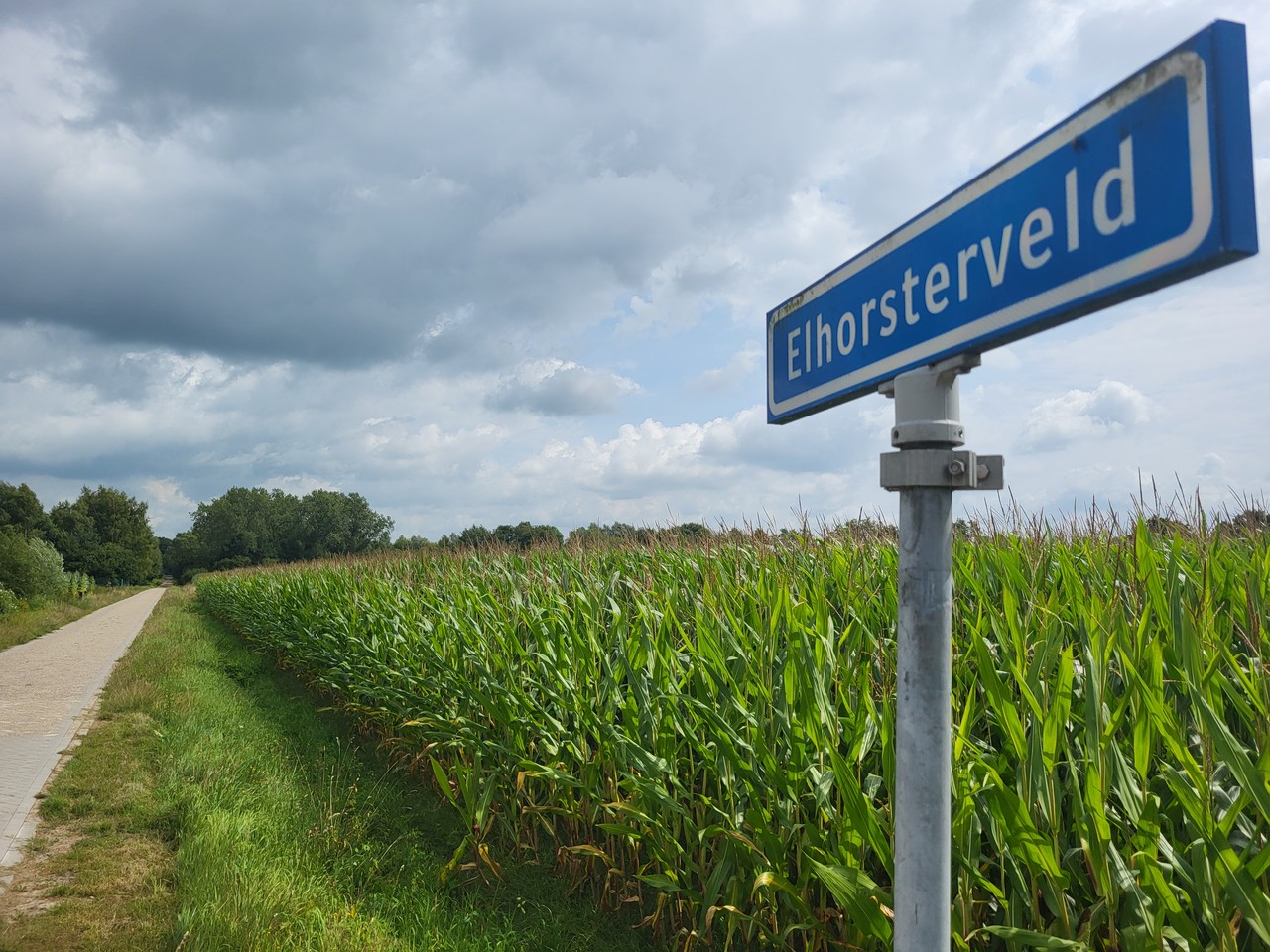The 15th Canadian Field Regiment, which had been involved in the liberation of Delden earlier in the afternoon of April 4th, 1945, was ordered that evening to find a new gun emplacement to break the persistent resistance of the German occupiers. A suitable position was found at Tusveld.
During the night of April 4th to 5th, the artillery pieces were moved to the new location. A massive searchlight ("Monty’s Moonlight") was used as central road lighting during transport, allowing vehicles to move without using their own lights.
These gun positions launched an unstoppable offensive on the German defensive line behind the Twente Canal. They were supported by an observation post in the church tower of Bornerbroek and an artillery reconnaissance aircraft, which operated from a landing strip in nearby Zenderen.
The Canadians often fired red artillery shells at the German positions to mark targets for Hawker Typhoons, British fighter planes that then attacked the German positions with rockets and machine-gun fire.
Repeatedly, German patrols crossed the canal and often deliberately set homes, farms, and livestock on fire. A great deal of destruction was also caused by mutual artillery shelling.
